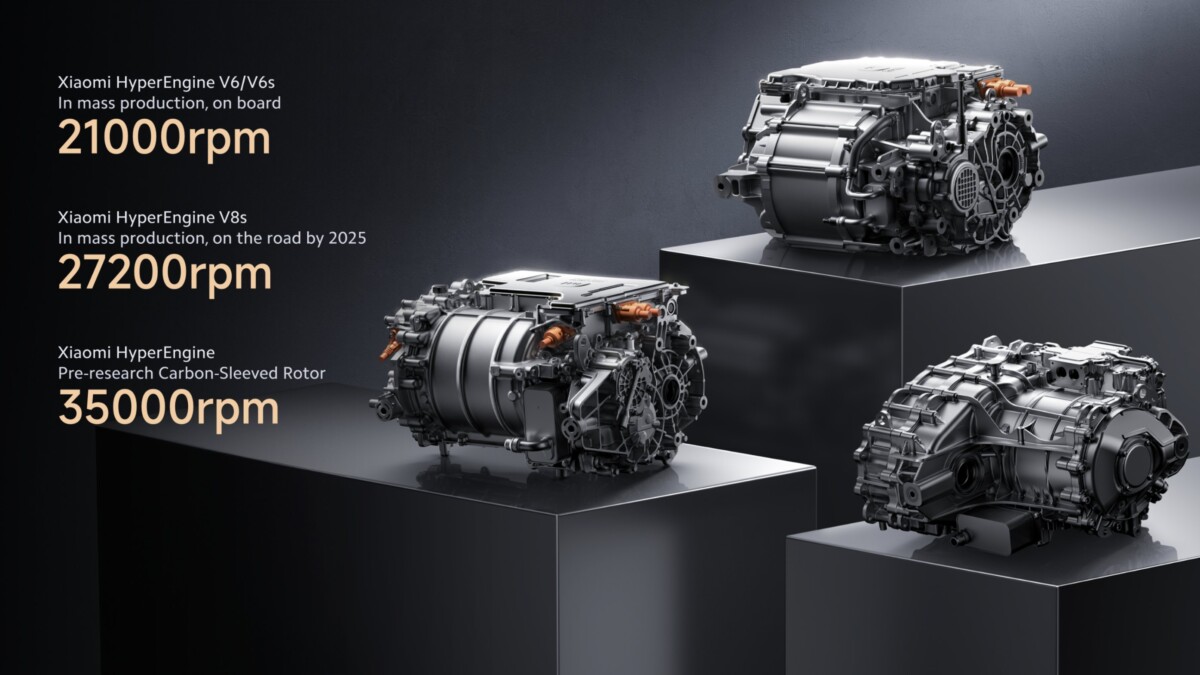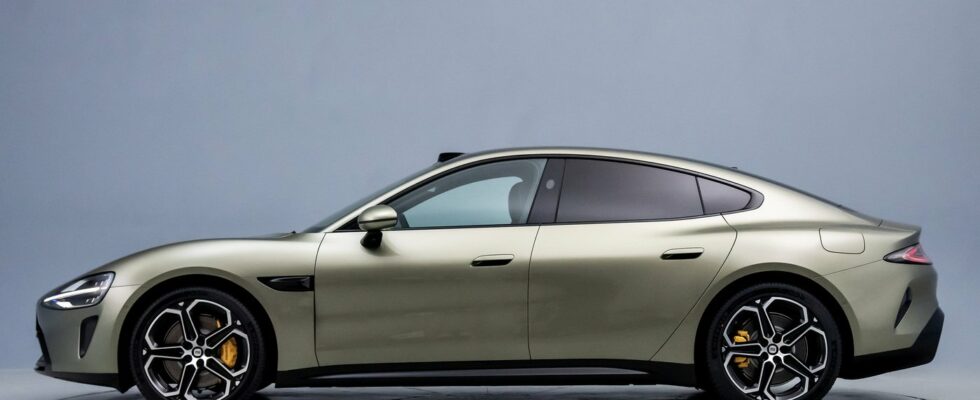It’s undeniable: the Xiaomi SU7 impresses. The first electric car from the Chinese brand is putting forward remarkable figures, which seem to be coming to fruition. A Chinese blogger was able to take part in a speed test, and the SU7 exceeded 310 km/h! A speed that very few electric cars manage to reach, and which could be further improved later.
One thing is certain: for its first electric car, Xiaomi did well. Its SU7 impresses with its careful aerodynamics, its top-level batteries, its promising OS and its high-performance engines.
Performances which seem to keep their promises, since IT Home relays to us the video of a Chinese blogger, kangyue, who was able to witness a speed test of an SU7 equipped with the largest engine. Result: 310 km/h are exceeded!
300 km/h, a very rare threshold to reach
In detail, the video shows a maximum speed of 311.73 km/h recorded on a dedicated GPS device for 313 km/h indicated on the speedometer (the GPS speed is always the most precise).
300 km/h, many cars dream of it, very few achieve it. Only a small handful of thermal models exceed this milestone, and even fewer electric cars. Thus, even the Porsche Taycan Turbo S must be limited to 260 km/h, while the high-performance Zeekr 001 FR tops out at 280 km/h. The Tesla Model S Plaid is an exception and even exceeds the score of the Xiaomi, with a maximum speed of 322 km/h.
And that’s just the beginning ?
What you need to know is that the Xiaomi SU7 which was used to break this record will not arrive in production straight away. This is in fact the “V8s” version (nothing to do with the thermal engine), which will be marketed in 2025. A 425 kW (578 hp) engine and a torque of 635 Nm, which will arrive in addition to the versions V6 (299 hp, 400 Nm) and V6s (347 hp, 500 Nm) available at launch.
Note at the same time that the test car seems to have technical and aesthetic modifications compared to the versions presented last week. We can thus see a permanent spoiler at the rear, specific 21-inch rims and large brake calipers at the front, probably accompanying carbon-ceramic pads.

Where things get exciting is that an even more efficient engine is in development! This block, equipped with a carbon rotor (like the Tesla Plaid), can rotate at 35,000 rpm. Never before seen on an electric car, and even faster than the already very impressive 27,200 rpm of the standard V8s engine.
If this engine does not yet have a production date, it will be interesting to see what it has in its belly. To be continued, therefore.
Want to join a community of enthusiasts? Our Discord welcomes you, it is a place of mutual help and passion around tech.
